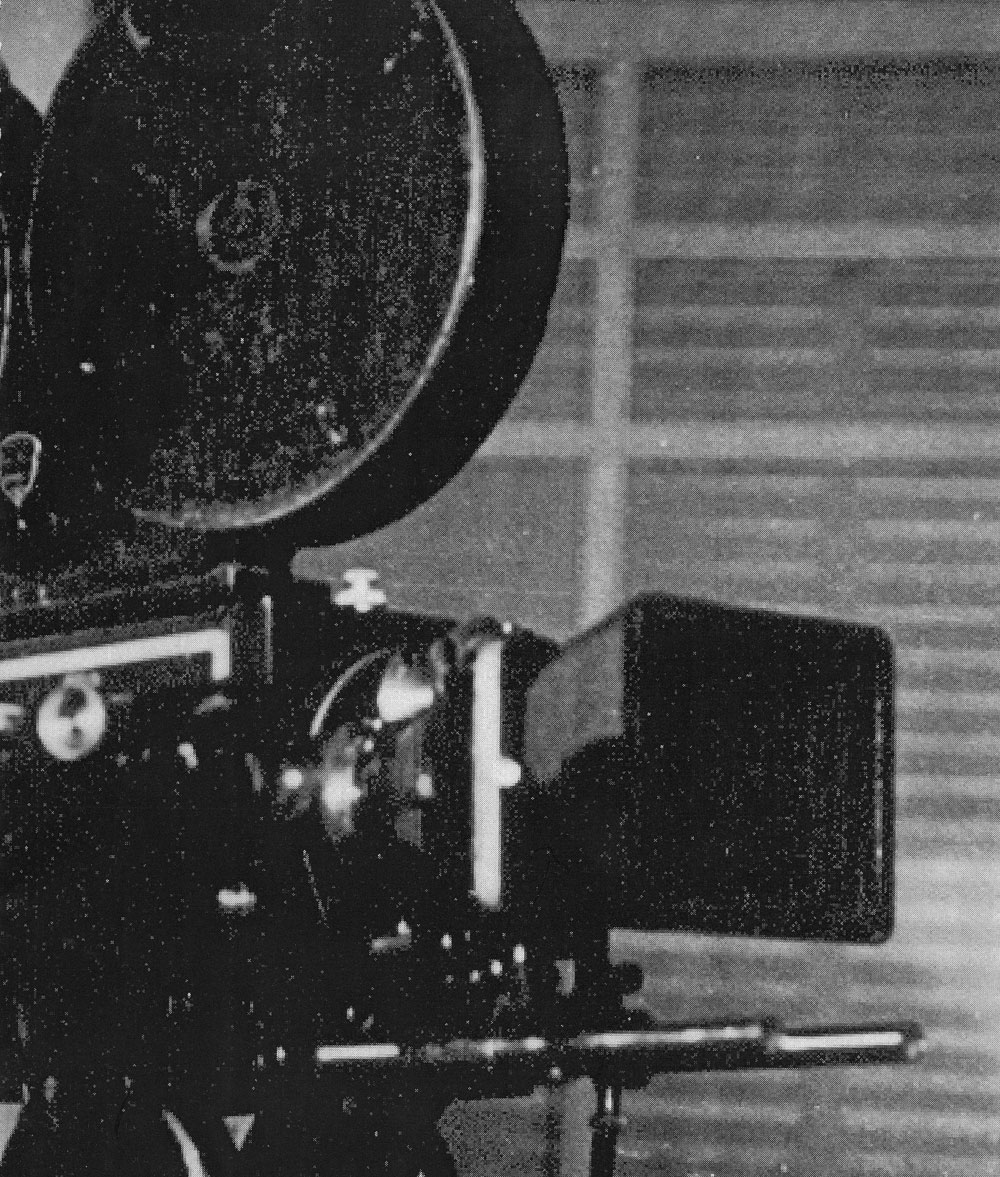Shuddhabrata Sengupta

Grant Period: Two years
The documentation of cinema, perhaps the most pervasive and influential mode of cultural expression in India today, has largely consisted of broad historical or encyclopaedic studies, critical and biographical studies of individual directors and actors, or textual analyses of the narratives and themes that have tended to dominate film culture. Little attention has been paid to the historical and aesthetic issues that characterise the evolution of the technical aspects of filmmaking. In a cultural context that places such a high value on the image itself, this neglect of reflection on image-making is surprising, particularly in view of the growing interest, event at a popular level, in film not only as a vehicle of entertainment but as a medium of audio-visual expression. Today’s viewer demonstrates greater visual literacy and sophistication, and is keenly interested in the ‘look’ and ‘style’ of a film. The cinematographer’s craft is beginning to be recognised not only as an adjunct to the narrative but also as an entity in itself. The training imparted at FTII, Pune, and a handful of other institutes has also given rise to a generation of filmmakers for whom a degree of reflection on technique has become a matter of sheer necessity, given the intense pressure to be innovative, as well as the competitive nature of the profession itself. Thus, at one and the same time, we find a community of spectators eager to know more about what they see, a community of professionals who understand the necessity for the articulation of their own practice, and the absence of any real dialogue.
The project supported by this grant aims to fill this gap by initiating documentation on the history and practice of cinematography in India. The grant has been made to Shuddhabrata Sengupta, who will work with Monica Narula and Jeebesh Bagchi on this project. The three completed their post-graduation from the Mass Communication Research Centre, Jamia Millia Islamia University, New Delhi, in 1991 and, prior to filmmaking, have backgrounds in physics, sociology and literature respectively. The study will delineate the central concerns and questions that have come to characterise the main trends in cinematography over different periods and across the spectrum of the most significant styles and genres, and hopes to bring attention to the contribution of cinematography in visual culture. Research will centre on working methods as well as general aesthetic principles, and examine the way in which the work environment and the technological apparatus of film-making shapes the cinematographer’s practice. Documentation will consist of a series of detailed interviews with master cinematographers, and recordings of conversations between cinematographers, who are working, or have worked in different genres and on different formats, having made a significant contribution to the aesthetics of cinematography.
The interviews with the cinematographers aim to cover a broad spectrum of issues ranging from larger aesthetic, ethical and historical questions to the mechanics and technical details of working with film technology, the industry and image. The study is expected to result in a series of articles for film magazines and journals, and a possible book on Indian cinematography. The research work may also be used to develop a series of television documentaries that combine interviews with cinematographers, excerpts from films as well as footage of cinematographers at work. The textual, audio and visual materials generated by the study will be placed at the National Film Archives of India, Pune; Indira Gandhi National Centre for the Arts, New Delhi; Chitrabani, Calcutta; FTII, Pune; Department of Film Studies, Jadavpur University, Calcutta; and the Mass Communication Research Centre, Jamia Millia Islamia, New Delhi.
